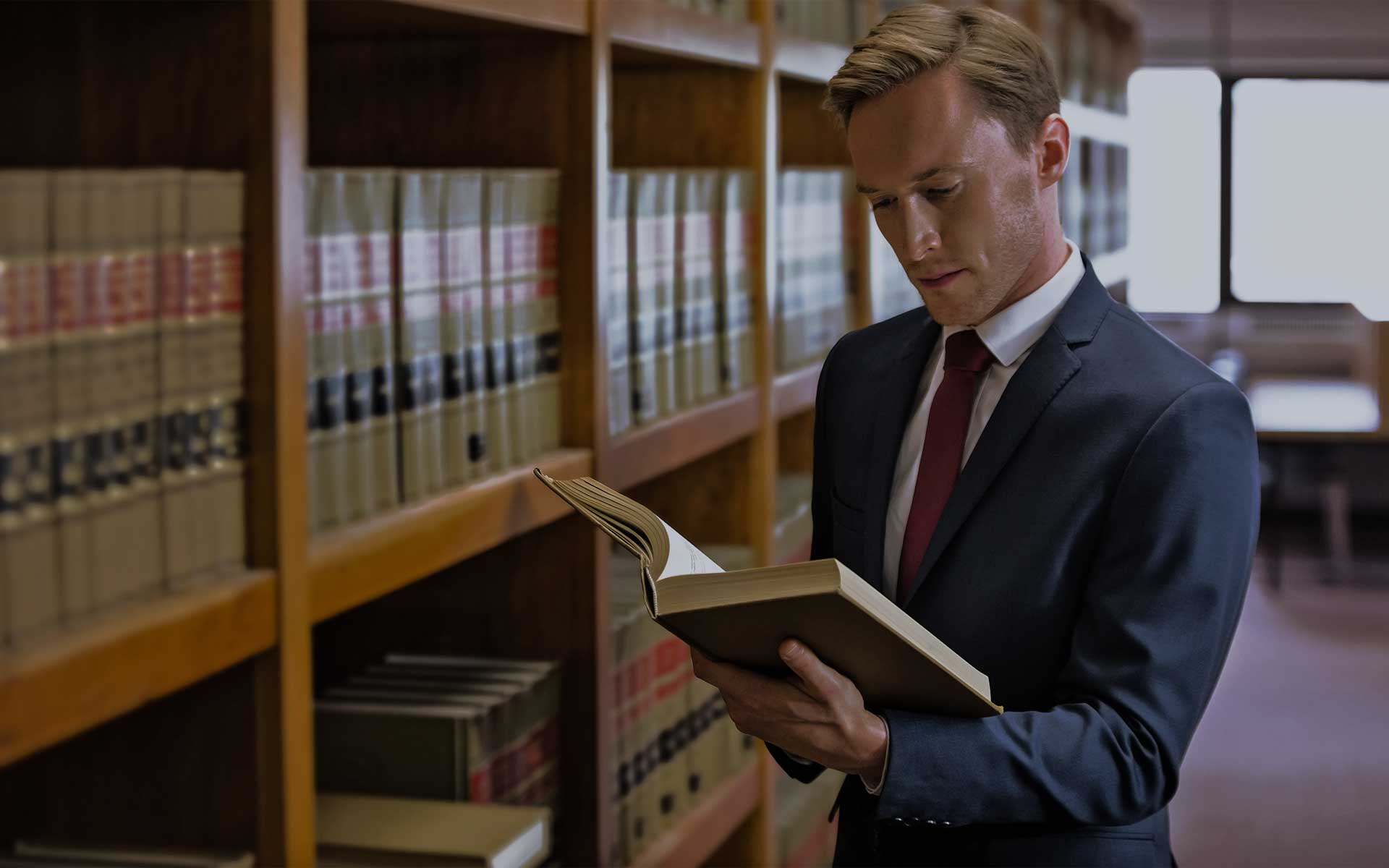To Truly Help the USPTO, Congress Must First Stabilize Patent Law

The United States patent system originated out of the Constitution and has been the world leader since its creation in 1790. Thomas Jefferson reviewed the first patent applications for several years until he quickly realized that the increasing demand of reviewing applications exceeded his abilities. For the next 43 years, patents were granted without any critical examination and left to the courts to determine their validity.
The difficult job of examining patent applications began in 1836. The process of evaluating a patent application, studying already known information called prior art and making a judgment of patentability remains essentially the same to this day. It took more than 100 years for the patent office to issue the first million patents. Currently, the United States Patent and Trademark Office (USPTO) examines more than 600,000 patent applications annually and issues 1 million new patents every three years. No matter how you look at this historic institution, the USPTO is a production agency with a significantly increasing volume of work.
A mission of the USPTO is to begin examination of all patent applications within 15 months and complete the process for a reasonable cost and with a high degree of accuracy. To achieve this mission, the USPTO employs close to 9,000 examiners, each having at least one degree in a scientific field and many holding multiple degrees or a Ph.D. Each of these examiners are extensively trained in U.S. patent laws and examination procedures to determine if patent protection for an invention can be granted under the current state of our patent laws. The examination process is a complex task for any invention, but especially challenging for leading edge technologies.
A Faulty Premise
The Senate Judiciary Committee’s Subcommittee on Intellectual Property is holding a hearing on October 30 to discuss the quality of patents issued by the USPTO. This hearing should be a great opportunity to discuss the current and future challenges facing the USPTO, including modernizing the software tools used by examiners. Unfortunately, the hearing title (“Promoting the Useful Arts: How can Congress prevent the issuance of poor quality patents?”) begins with the premise that there are poor quality patents and perpetuates the unsubstantiated position that past litigation abuse was due to patent quality. Perhaps a better start would have been to call the hearing “Promoting the Useful Arts: How can Congress help the USPTO improve patent examination?”
Everyone agrees that all patents issued by the USPTO should, at a minimum, meet the statutory requirements for granting a patent, including novelty and non-obviousness based on the best prior art available to the patent examiner. Some critics of the current patent system, however, argue that any patent invalidated through the courts must have been poor quality. This argument ignores the realities that available resources must always be balanced with the pursuit of perfection. The constitutional mission of promoting science and the useful arts cannot be met if it takes longer to examine patent applications than the life cycle of the underlying technology or becomes too expensive for small businesses and independent inventors. Just as the number of patent applications has increased exponentially, the vast amount of global prior art has increased with the expansion of technology around the world. In fact, litigants routinely spend 10 times the cost of patent examination just to locate new prior art to invalidate a patent.
There is no question that all production operations, from making cars to issuing patents, can be continuously improved. This is true even when a baseline measurement of quality cannot be agreed upon by all parties. Investing in better production tools, employee training, and providing appropriate examination time are key to achieving and maintaining ever increasing quality output. Likewise, production metrics must be established, measured and used to train and manage the workforce. The USPTO recognizes this and has been making substantial progress in these areas. But more can always be done.
What Congress Can Do
What can Congress do to help the USPTO to improve the USPTO operations? As a start, stabilize U.S. patent laws, especially with respect to patent eligibility. Examining patent applications is nearly impossible with ever-changing patent laws. How can an issued patent meet the requirements of the law when the courts cannot agree on the law? Then ensure that every dollar paid to the USPTO by the inventive public remains with the USPTO. It is well known that Congress and sequestration have syphoned more than a billion dollars from the agency over time. This money was needed decades ago to keep up with technology changes. Next, support, mandate or fund new production tools, such as artificial intelligence, to help the examiners find the best prior art early in the examination process. Finally, recognize that the employees of the USPTO want to lead the world in patent examination.


